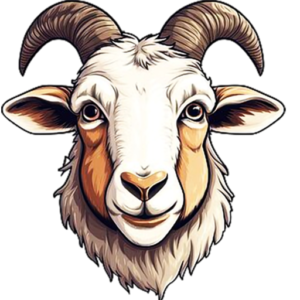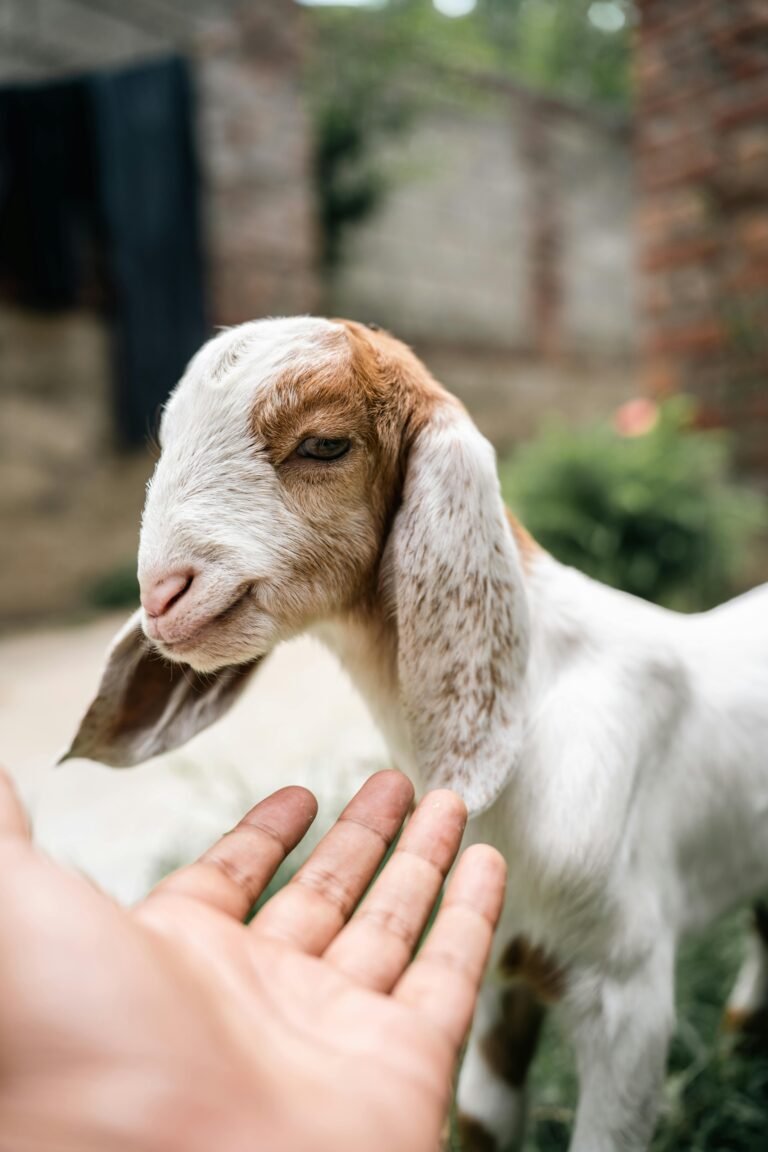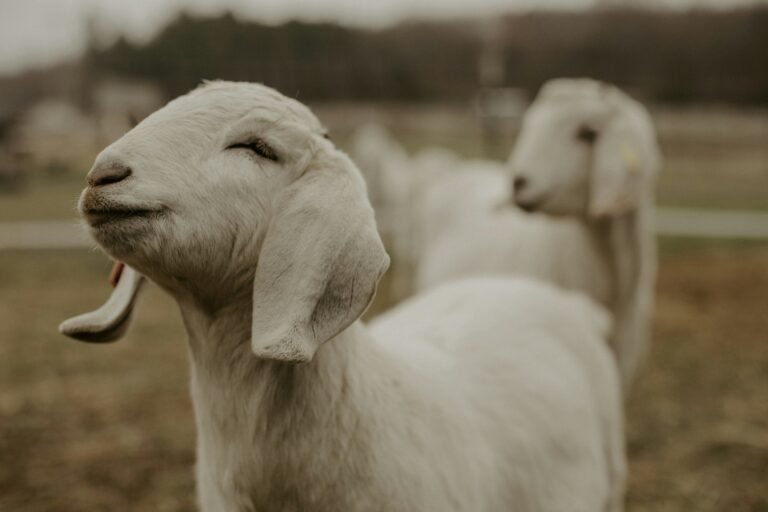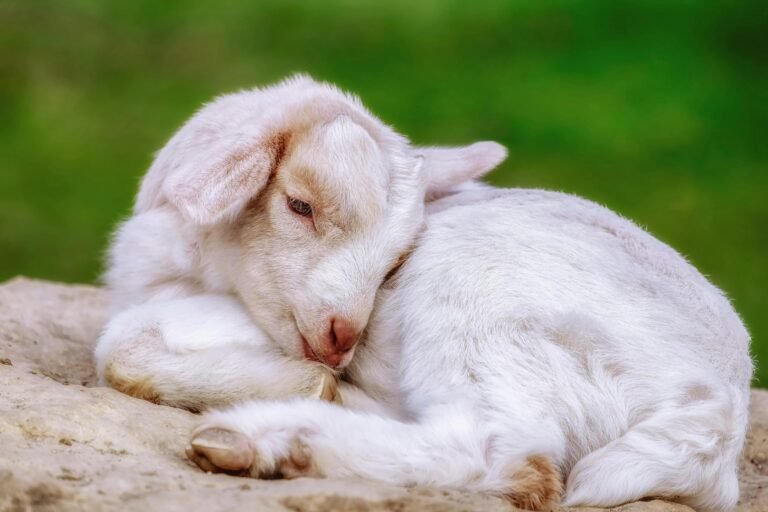
Spanish Goats: Breed Top Characteristics and Uses
The Spanish goat breed is highly regarded for its adaptability and resilience, particularly in challenging environments. Originally brought to the Americas by Spanish explorers in the 16th century, these goats have since evolved into one of the most hardy breeds, thriving in various regions, especially Texas. Over time, their genetic diversity has contributed to their robustness, making them valuable for both meat and brush management purposes.
History of the Spanish Goat
The Spanish goat has a rich history, with its origins tracing back to Spain. From there, it was transported to the Caribbean Islands and eventually spread to Mexico and the United States as Spanish colonists moved through the Americas. As these goats traveled great distances, they adapted to new climates, developing traits that make them exceptionally resilient. Their genes became integral to local breeds, contributing to their continued use for milk, meat, and hides production. Despite some mixing with other breeds, the Spanish goat has maintained its value due to its hardiness and ability to withstand various environmental challenges.
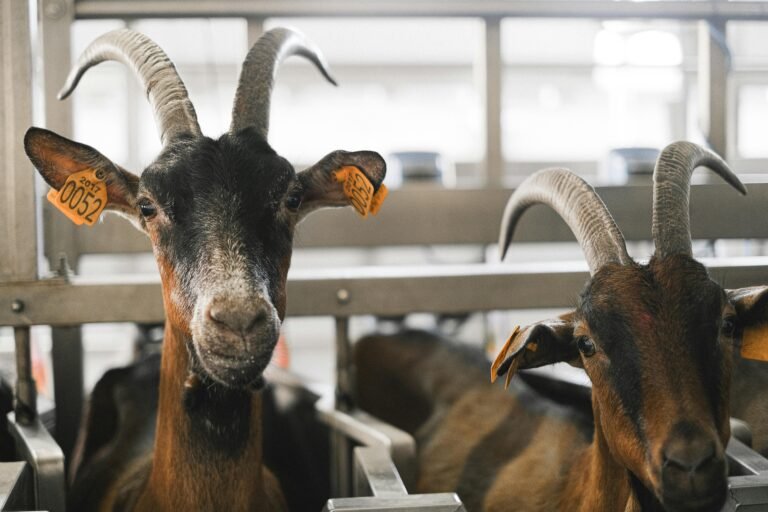
Characteristics of Spanish Goats
When it comes to breed characteristics, the Spanish goat demonstrates unique features that distinguish it from others. Below are some of the key traits that make this breed stand out:
– Variety of colors and patterns: Spanish goats exhibit a broad range of colors, including dark brown, black, light brown, and even white. This variety can sometimes make identification difficult, but it adds to their visual appeal.
– Coat texture: Most Spanish goats have short, smooth coats, but in colder winter months, some grow cashmere coats for added protection.
– Size: These goats are generally medium-sized, exhibiting moderate growth. Depending on whether they are cross-bred with other meat goat breeds, such as the Boer goat, their size may vary. Male goats, or bucks, can weigh anywhere from 90 to 350 pounds.
– Horns: Spanish goats are known for their large long horns, which often take on a spiral shape. However, when crossed with breeds like the Savanna goat, the horns may lose this distinctive spiral.
Temperament and Hardiness
Spanish goats are known to be alert, flighty, and somewhat challenging to handle. However, they possess strong mothering instincts, making them effective at raising their young. Their most defining trait, though, is their hardiness. They have a remarkable resistance to internal parasites, which, although helpful, still requires diligent management and monitoring. This resilience is why many farmers prefer them, especially in regions with harsh climates or problematic parasite infestations.
Spanish Goat Uses
The primary use of the Spanish goat is meat production. Their hardiness makes them ideal for this purpose, as they can thrive in tough environments with minimal intervention. They are also commonly used as brush goats, playing a vital role in clearing land of invasive plant species and unwanted brush. Though less frequently, they are sometimes used for dairy production, but their small udder size limits this use compared to other dairy breeds.
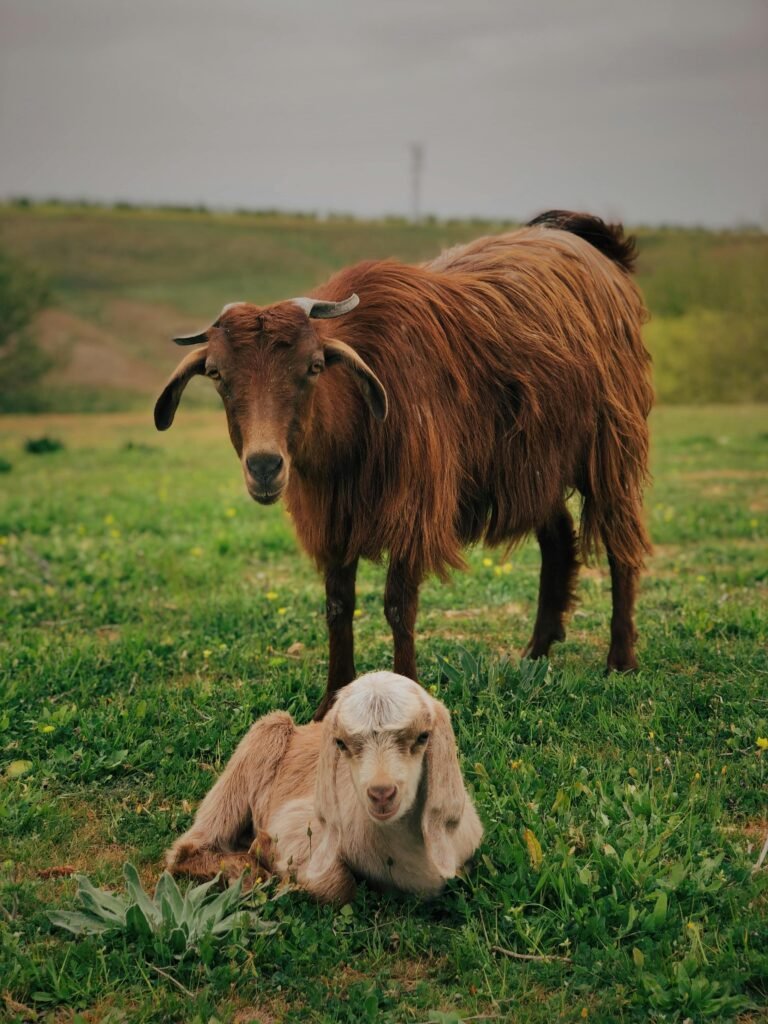
Where to Buy Spanish Goats?
When looking to purchase Spanish goats, the best approach is to seek out local farms or ranches where they are raised. This ensures a smoother transition to new environments. To locate breeders, check resources such as the American Spanish Goat Association, Spanish Goat Registry, or even Goat Rancher magazine, which lists reputable breeders and offers useful guidance for potential buyers.
Conclusion: Spanish Goats Characteristics and Uses
The Spanish goat has proven itself to be a robust and versatile breed, highly valued for its adaptability, resistance to parasites, and usefulness in both meat production and land management. Its resiliency and unique breed characteristics have made it a preferred choice among farmers in various regions, especially in Texas.
Whether for their meat, ability to clear brush, or historical significance, Spanish goats remain an integral part of modern farming. For anyone considering raising them, reaching out to recognized organizations like the Spanish Goat Registry and connecting with local breeders is a great way to get started.
RELATED POSTS:
At Goaty Pedia, we’re passionate about all goat things! Our mission is to be the ultimate resource for goat enthusiasts, breeders, and caretakers who want to learn about and care for these remarkable animals. Thanks for visiting.
Web Crew © 2024 All Rights Reserved.
